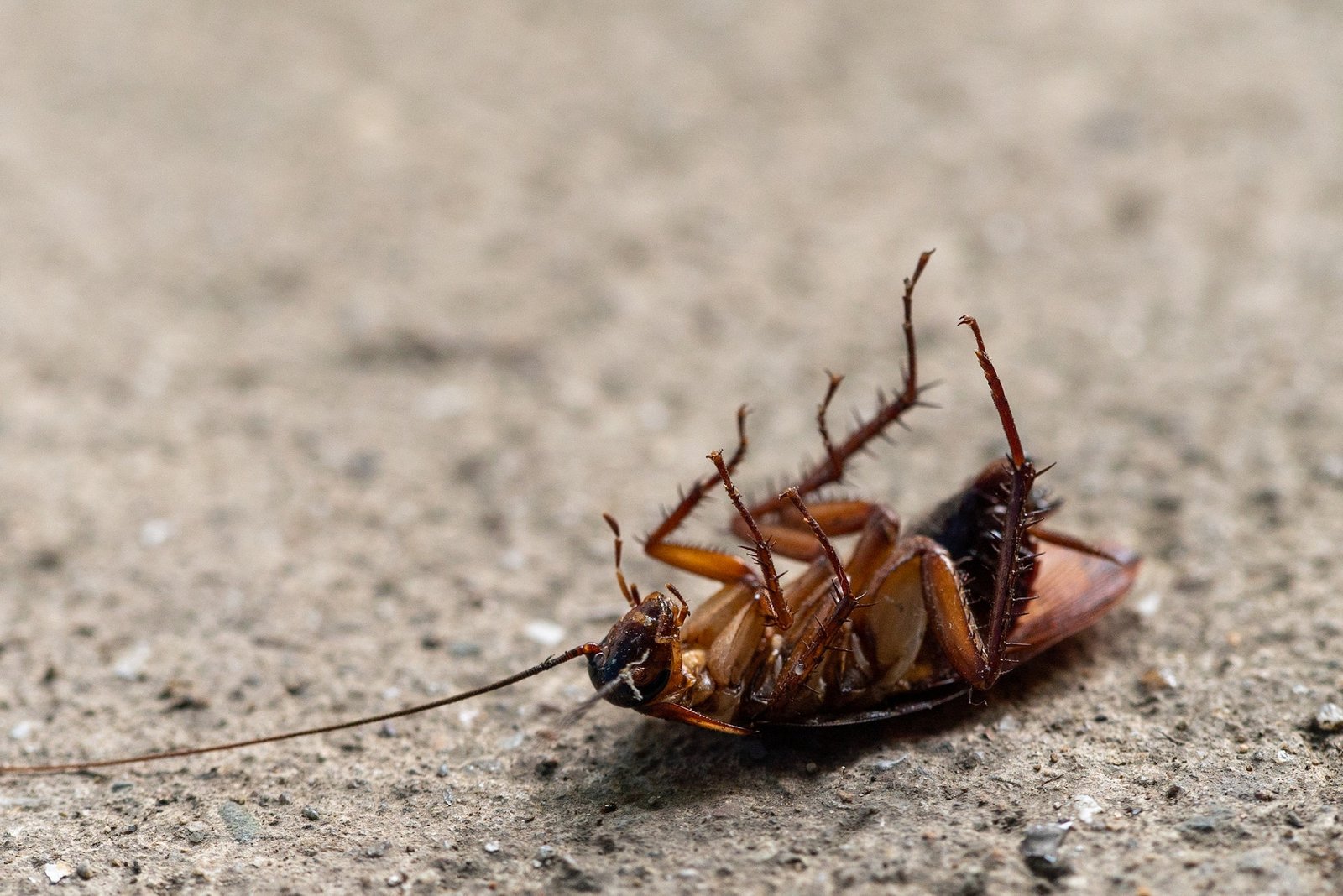By Wendelyn Jones
Significant resources have been invested in public health campaigns to reduce sodium intake to improve health, but dietary intake remains high, threatening safe eating habits.
Guidance from public health authorities indicates we should consume less than 2,300 milligrams (mg) of sodium per day, but Americans average 3,400 mg daily. So, what options remain? It has been suggested that instead of encouraging North Americans to eat less sodium, reducing the level of sodium in our food supply could be a key strategy.
A recent systematic scoping review of hundreds of studies was conducted to explore sodium reduction strategies such as sodium chloride removal or replacement, flavor modification, functional modification and changes to the physical structure of foods.
Treading carefully is important when removing or substituting salt because of its role in baking, preserving, curing, thickening and in moisture retention, as well as taste. It’s used in a variety of recipes and preparations.
Historically, sodium chloride salt was added to foods as a safety measure to prevent spoilage. Prior to refrigeration, advances in packaging techniques, and transportation infrastructure, salt was one of the best methods for inhibiting the growth and survival of undesirable microorganisms.
Salt is an effective food safety tool because it reduces the water activity of foods. The water activity of a food reflects the amount of unbound water available for microbial growth. Adding salt to foods can also cause microbial cells to undergo osmotic shock, resulting in the loss of water from the cell and thereby causing cell death. Salt does remain in widespread use for preventing rapid spoilage, creating an inhospitable environment for pathogens, and promoting the growth of desirable micro-organisms in various fermented foods and other products.
Today, few foods are preserved solely by the addition of salt. However, salt remains a commonly used component for creating an environment resistant to spoilage and inhospitable for the survival of pathogenic microorganisms in foods. For some foods, reducing the sodium content of the consumer product should not create food safety or spoilage concerns. Such foods include frozen products, products that are thermally processed to kill pathogenic organisms, acidic foods, and foods in which water activity remains low when sodium is removed.
For other foods, reducing sodium content has the potential to increase food spoilage rates and the presence of pathogens. For these foods, product reformulation, changes in processing, and changes in handling may be required to ensure that the product has an adequate shelf life and to prevent pathogen growth.
Foods using sodium as a method to retard microbial growth and survival present a reformulation challenge, since changing the sodium content alters water activity. Reformulation may involve many additional considerations related to pH and temperature. If such additional measures are not taken during sodium reduction efforts, the resulting products may not be stable. For example, in cured meats, reducing the sodium content could allow for rapid growth of lactic acid bacteria and action by proteolytic microorganisms, resulting in a product that spoils more rapidly. In other foods, pathogen growth — rather than spoilage — may become a concern. Thus, developing some guiding principles for sodium reduction strategies seems timely.
The researchers of the scoping review delved into hundreds of studies and concluded that, “The use of salt replacers was the most common method to reduce the sodium content of foods, followed by salt removal, flavor modification, physical modification, and functional modification.”
In order for sodium reduction to be successful, consumer acceptance must be maintained – as determined through sensory analysis. The scientists find that there is a solid base of studies on the technological aspects of removing sodium, but less on evaluation of consumers’ taste perceptions. “. . . there almost certainly exists a large collection of the effect of sodium reduction on the technological aspects of foods, but not every study will choose to include sensory analysis.”
The research team recommends that additional studies focus on consumer responses to each preferred sodium reduction strategy. “Because consumers have their own personal preferences and beliefs guiding their food consumption, it will be vital to understand which approaches will be welcomed by the largest portion of the population.”
If changing the food supply is a priority approach for reducing sodium intake, consumer acceptance of revised recipes must also rise to the top in order for new food formulations to have a meaningful public health impact.
The study team is currently working to build on this report through an expert interview process, to capture sodium reduction knowledge and strategies not available in the public domain.
The peer-reviewed article encompassed articles, book chapters and patents and was carried out by University of Illinois at Urbana-Champaign researchers in the Department of Food Science and Human Nutrition.
Further, it has led IAFNS to develop a publicly available database containing science and strategic information on sodium reduction. The new database compiles evidence-based strategies for sodium reduction organized by specific categories relevant to the food sector.
We hope to join other public health organizations in spreading awareness of this sodium reduction resource that taps knowledge from over 277 studies.
Check out IAFNS Sodium Reduction Science and Strategies Database here.
The study and database developed above were supported by the Institute for the Advancement of Food and Nutrition Sciences (IAFNS). Details of the study are posted on the Open Science Framework (see https://osf.io/szrxj/).
About the author: Wendelyn Jones, PhD, is executive director of IAFNS, a 501(c)(3) science-focused nonprofit uniquely positioned to mobilize government, industry and academia to drive, fund and lead actionable research.










